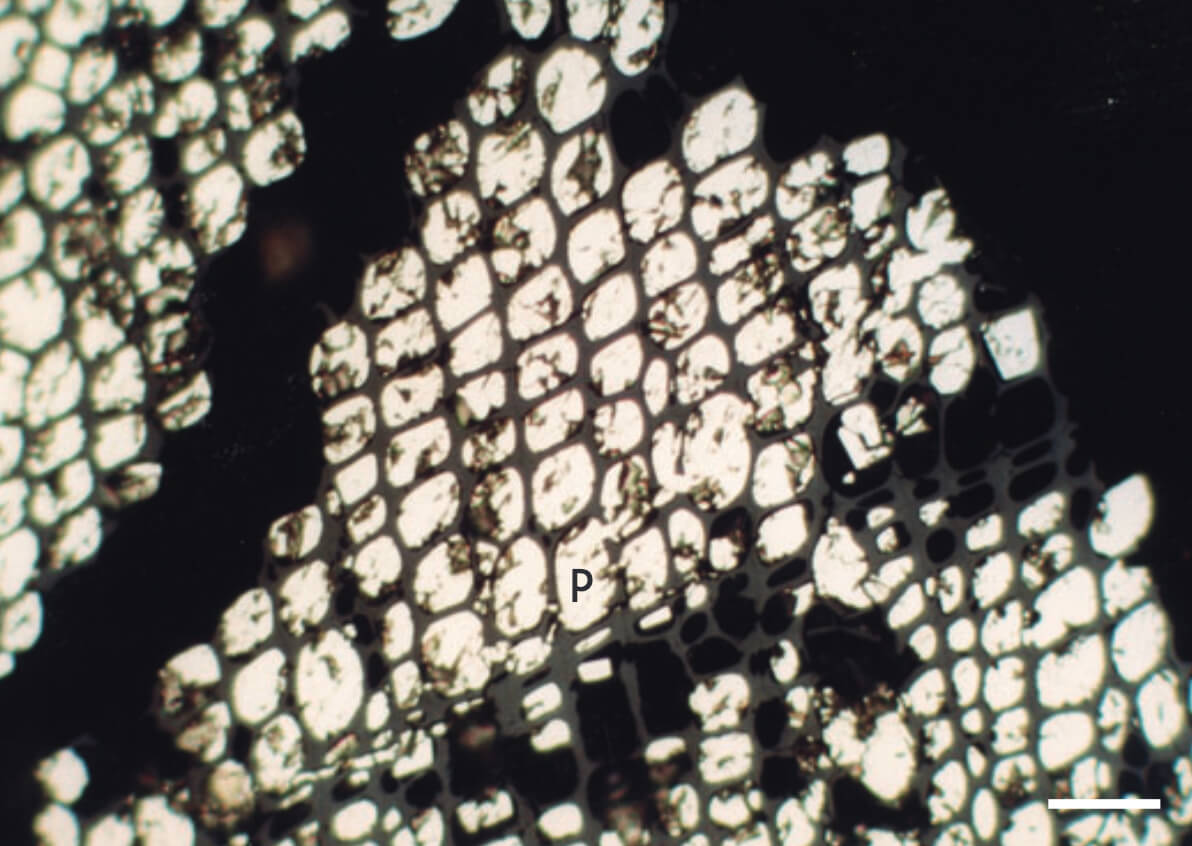
How to Cite
Share
Abstract
Suitable climatic conditions for peat formation existed during Early–Middle Jurassic times in the Fennoscandian Border Zone. Autochthonous peat and allochthonous organic matter were deposited from north Jylland, south-east through the Kattegat and Øresund area, to Skåne and Bornholm. The increase in coal seam abundance and thickness from north Jylland to Bornholm indicates that the most favourable peat-forming conditions were present towards the south-east. Peat formation and deposition of organic-rich muds in the Early Jurassic coastal mires were mainly controlled by a continuous rise of relative sea level governed by subsidence and an overall eustatic rise. Watertable rise repeatedly outpaced the rate of accumulation of organic matter and terminated peat formation by lacustrine or lagoonal flooding. Organic matter accumulated in open-water mires and in continuously waterlogged, anoxic and periodically marine-influenced mires. The latter conditions resulted in huminite-rich coals containing framboidal pyrite. The investigated Lower Jurassic seams correspond to peat and peaty mud deposits that ranged from 0.5–5.7 m in thickness, but were generally less than 3 m thick. It is estimated that on Bornholm, the mires existed on average for c. 1200 years in the Hettangian–Sinemurian and for c. 2300 years in the Late Pliensbachian; the Early Jurassic (Hettangian–Sinemurian) mires in the Øresund area existed for c. 1850 years. Aalenian uplift of the Ringkøbing–Fyn High and major parts of the Danish Basin caused a significant change in the basin configuration and much reduced subsidence in the Fennoscandian Border Zone during the Middle Jurassic. This resulted in a more inland position for the Middle Jurassic mires which on occasion enabled peat accumulation to keep pace with, or temporarily outpace, watertable rise. Thus, peat formation was sometimes sustained for relatively long periods, and the mires may have existed for up to 7000 years in the Øresund area, and up to 19 000 years on Bornholm. The combination of the inland position of the mires, a seasonal climate, and on occasion a peat surface above groundwater level caused temporary oxidation of the peat surfaces and formation of inertinite-rich coals. The spore and pollen assemblages from coal seams and interbedded siliciclastic deposits indicate that the dominant plant groups in both the Early and Middle Jurassic mires were ferns and gymnosperms. However, significant floral differences are evident. In the Lower Jurassic coals, the palynology testifies to a vegetation rich in cycadophytes and coniferophytes (Taxodiaceae family) whereas club mosses were of lesser importance. Conversely, in the Middle Jurassic coals, the palynology indicates an absence of cycadophytes, a minor proportion of coniferophytes (Taxodiaceae) and a significant proportion of club mosses. These variations are probably related to adaptation by different plants to varying environmental conditions, in particular of hydrological character.
How to Cite
Share
Downloads
Editors: Jon R. Ineson and Finn Surlyk
The Jurassic rocks of Denmark and East Greenland record the evolution of two discrete portions of the Mesozoic rift complex, now separated by the North Atlantic Ocean. The Jurassic of Denmark and adjacent areas occurs mostly in the subsurface and research has thus focussed [...]










